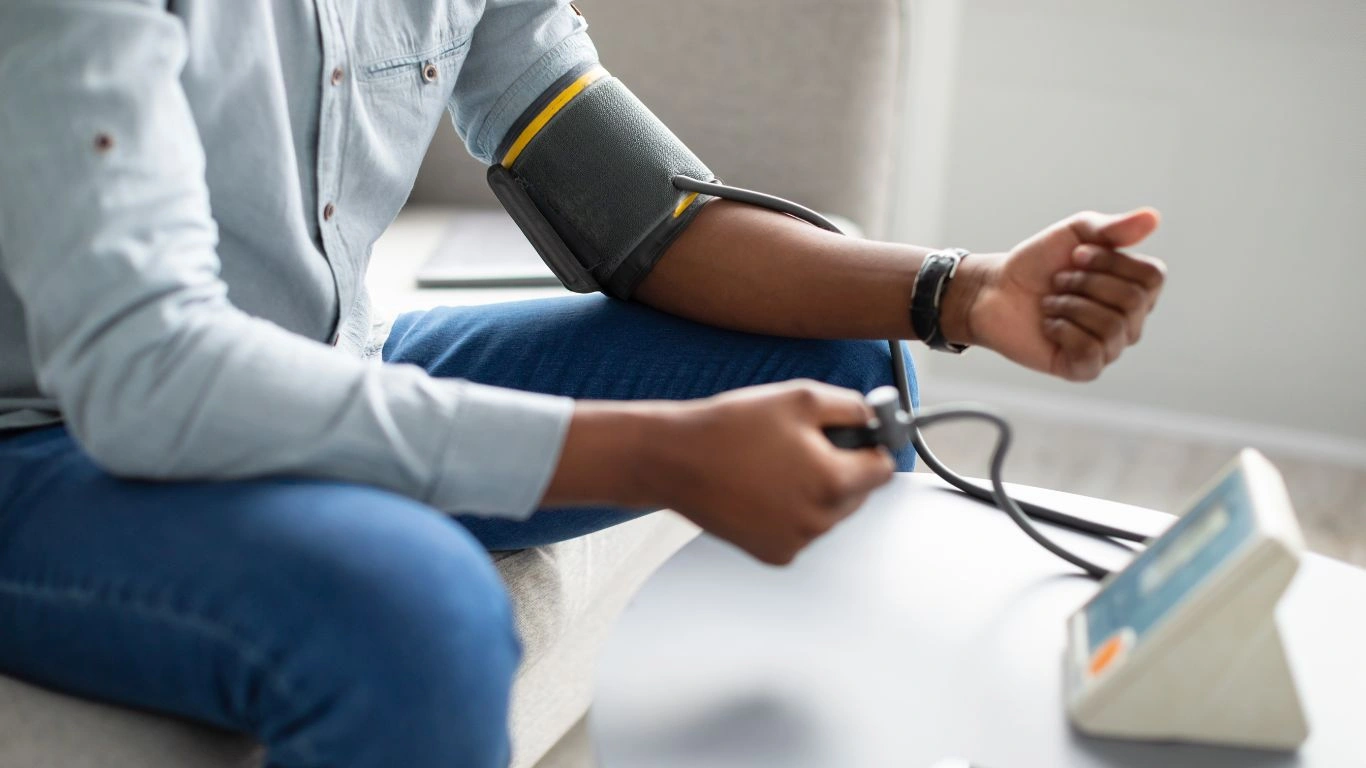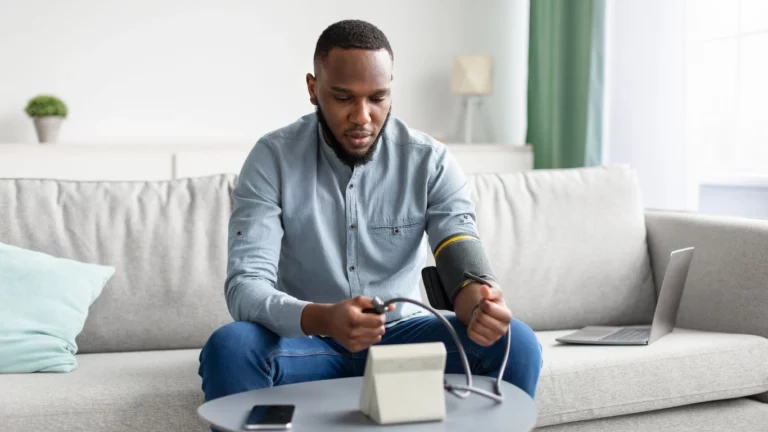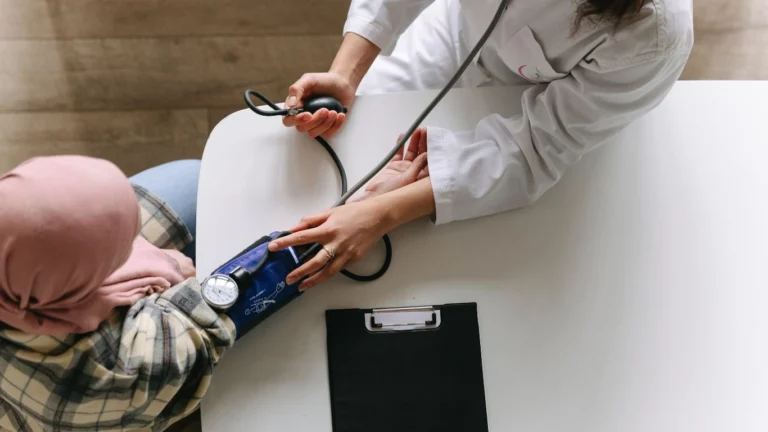Best Walking Shoes for Hypertension Patients That Reduce Foot Pain Fast
Finding the best walking shoes for hypertension patients isn’t just about comfort—it’s about taking control of your health, one step at a time. As someone who has spent years working with hypertension patients, I’ve seen firsthand how the right footwear can make a huge difference. The right pair supports circulation, reduces pressure on the feet, and makes it easier to stay active without discomfort. If you’ve ever struggled with swollen feet, poor circulation, or just plain aching legs after a short walk, then you’re in the right place. Let’s talk about what really matters when choosing walking shoes for hypertension.
Why Proper Footwear Matters for Hypertension

Hypertension doesn’t just affect your blood pressure—it impacts your entire body, including your feet. Poor circulation, swelling, and even nerve pain can make walking uncomfortable. That’s why choosing the right shoes isn’t just about style; it’s about health.
How Hypertension Affects Your Feet
Many of my patients come to me complaining about foot pain, but they don’t always connect it to their high blood pressure. Here’s the thing: hypertension can cause fluid retention, leading to swollen feet and ankles. It can also affect circulation, making it harder for your lower extremities to get the oxygen and nutrients they need. This can lead to numbness, tingling, and even pain when walking.
Benefits of Wearing the Right Walking Shoes
A good pair of walking shoes can:
- Improve circulation by reducing pressure on your feet.
- Prevent swelling with proper arch support and cushioning.
- Reduce foot fatigue so you can stay active longer.
- Enhance stability to prevent falls, which can be a serious risk for people with high blood pressure.
Key Features to Look for in the Best Walking Shoes for Hypertension Patients

Not all walking shoes are created equal, especially when it comes to supporting hypertension patients. Here are some key features you’ll want to keep in mind while shopping:
1. Arch Support and Cushioning
One of the biggest complaints I hear from hypertension patients is foot pain from poorly supported arches. Shoes with proper arch support help distribute weight evenly, preventing strain on your feet and legs.
2. Breathable and Lightweight Material
Feet tend to swell more when they overheat. Look for shoes made of breathable mesh or moisture-wicking material to keep your feet cool and dry.
3. Wide Toe Box
Swelling is common in people with hypertension, so you need extra room for your toes to move freely. A wide toe box prevents cramping and discomfort, especially after long walks.
4. Non-Slip Outsoles
Balance and stability are crucial. Shoes with a non-slip outsole help prevent falls, which can be especially dangerous for people managing high blood pressure.
5. Easy to Put On and Remove
Struggling with tight shoes can increase stress levels and raise blood pressure. Slip-on designs or shoes with adjustable Velcro straps make it easy to get in and out of your shoes without hassle.
Common Mistakes to Avoid When Buying Walking Shoes

Even with all the right information, I’ve seen plenty of my patients make some common mistakes when choosing walking shoes. Let’s make sure you don’t fall into these traps:
1. Choosing Style Over Comfort
It’s easy to be tempted by trendy sneakers, but many of them lack the support needed for someone with hypertension. Always put function over fashion.
2. Buying the Wrong Size
Your feet change over time, especially if you experience swelling. Always measure both feet before buying a new pair of shoes and try them on in the afternoon when your feet are at their largest.
3. Ignoring the Sole
A soft, cushioned insole is great, but don’t forget about the outsole! A sturdy, shock-absorbing outsole is essential for minimizing impact on your joints.
4. Not Testing Them Properly
Don’t just slip the shoes on and walk around the store for a minute. Walk around for at least 10-15 minutes to ensure they provide enough comfort and support.
By keeping these factors in mind, you’ll be well on your way to finding the perfect pair of walking shoes to support your health and keep you moving with ease. Stay tuned for more in-depth insights into the best brands, recommended models, and additional tips to keep your feet happy and healthy!
Top Recommended Walking Shoes for Hypertension Patients

Now that we know what to look for in the best walking shoes for hypertension patients, let’s dive into some top-rated options that have worked wonders for my patients (and for me, too!). Trust me—when you find the right pair, walking becomes a joy instead of a struggle.
1. New Balance 928v3 – Best for Stability
If you’re looking for serious support and stability, the New Balance 928v3 is a game-changer. This shoe is built with motion control technology, meaning it helps keep your feet properly aligned, reducing strain on your ankles and knees.
- Why It’s Great: Excellent arch support and cushioned sole.
- Best For: People who experience balance issues or foot pain.
- Bonus: Comes in wide sizes to accommodate swelling.
2. Brooks Addiction Walker – Best for Comfort
The Brooks Addiction Walker is a dream come true for anyone who needs all-day comfort. I always recommend these to my patients who spend a lot of time on their feet.
- Why It’s Great: Soft cushioning absorbs impact.
- Best For: Those with foot fatigue or plantar fasciitis.
- Bonus: Durable leather upper for long-lasting wear.
3. Skechers GOwalk 6 – Best for Lightweight Feel
Sometimes, a heavy shoe just makes walking harder. That’s why the Skechers GOwalk 6 is a fantastic option—it’s incredibly lightweight while still offering support.
- Why It’s Great: Breathable mesh upper keeps feet cool.
- Best For: Swollen feet and all-day wear.
- Bonus: Slip-on design makes them super easy to put on.
4. HOKA ONE ONE Bondi 8 – Best for Cushioning
For those who need maximum cushioning, the HOKA ONE ONE Bondi 8 is a lifesaver. These shoes feel like walking on clouds, and they provide amazing shock absorption.
- Why It’s Great: Thick sole for reduced impact on joints.
- Best For: Those with knee pain or joint issues.
- Bonus: Rocker sole helps with smooth movement.
How to Make Sure Your Shoes Fit Perfectly

Finding the right walking shoe is one thing, but making sure it fits properly is just as important. Here’s how to get it right:
1. Measure Your Feet (Yes, Both!)
Most people don’t realize their feet change size over the years. Measure both feet because one might be slightly bigger than the other—always buy shoes based on the larger foot.
2. Try Shoes in the Afternoon
Our feet swell throughout the day, especially if you have hypertension. Always try on shoes in the afternoon when your feet are at their largest.
3. Walk Around Before Buying
Just standing in new shoes isn’t enough. Walk around the store or your home (if shopping online) for at least 10 minutes to check for discomfort.
4. Leave a Thumb’s Width of Space
Your toes shouldn’t feel cramped. A good rule of thumb—literally—is to leave about a thumb’s width of space between your longest toe and the shoe’s tip.
Caring for Your Walking Shoes
Investing in a good pair of walking shoes is just the first step (pun intended). Proper care ensures they last longer and continue to support your feet.
1. Rotate Your Shoes
If you walk regularly, consider alternating between two pairs. This gives each pair time to breathe and reduces wear and tear.
2. Keep Them Clean
Wipe down your shoes regularly to remove dirt and sweat. If they’re machine washable, throw them in the wash every few weeks.
3. Replace Insoles if Needed
If your insoles start to feel flat, replace them with a fresh pair instead of buying new shoes.
4. Know When to Replace Them
Even the best walking shoes don’t last forever. If you notice reduced cushioning, worn-out soles, or foot pain returning, it’s time for a new pair.
By choosing the right shoes and taking care of them properly, you’ll be setting yourself up for better foot health, improved circulation, and more enjoyable walks. Stay tuned for even more tips on keeping your feet—and your heart—healthy!
Case Studies & Real-Life Examples

Sometimes, the best way to understand the impact of the right walking shoes for hypertension patients is to hear real-life stories. I’ve worked with many individuals who struggled with foot pain, swelling, and fatigue—until they found the perfect pair of shoes. Here are a few inspiring examples.
Case Study #1: James, 62 – Overcoming Swollen Feet
James, a retired teacher, always enjoyed morning walks, but his hypertension caused frequent foot swelling. His old shoes squeezed his feet, making every step painful. After switching to the New Balance 928v3, he noticed an immediate difference. The wide toe box and firm arch support helped reduce discomfort, allowing him to walk longer without issues.
Case Study #2: Maria, 58 – Regaining Confidence After a Fall
Maria had a scary experience—she slipped on a sidewalk due to poor shoe grip. She felt hesitant about walking again until I recommended the Brooks Addiction Walker. With its slip-resistant sole and stable base, she regained confidence and resumed her daily walks safely.
Case Study #3: Alan, 70 – Managing Foot Pain with Extra Cushioning
Alan suffered from chronic foot pain, exacerbated by his high blood pressure. The pain made him avoid exercise, worsening his overall health. After trying the HOKA ONE ONE Bondi 8, he found the cushioning he needed to walk comfortably again. Now, he enjoys daily 30-minute strolls without pain.
Key Takeaways: What You Need to Remember
Let’s break down the most important things you should take away from this guide:
- Choosing the right walking shoes can help reduce foot pain, swelling, and circulation issues linked to hypertension.
- Look for arch support, a wide toe box, breathable materials, and slip-resistant soles.
- Popular brands like New Balance, Brooks, Skechers, and HOKA offer excellent options.
- Make sure to measure your feet properly and buy shoes that fit well, especially if swelling is a concern.
- Taking care of your shoes (cleaning, replacing insoles, rotating pairs) will keep them effective for longer.
FAQs
Still have questions? Here are some of the most common ones I hear from patients:
1. Can the wrong shoes really make hypertension symptoms worse?
Yes! Poorly fitting shoes can lead to circulation problems, increased foot pain, and even higher stress levels—none of which are good for managing hypertension.
2. Are expensive walking shoes always better?
Not necessarily. While premium brands often provide great support, there are affordable options that work just as well. The key is to focus on features, not just price.
3. Should I wear compression socks with my walking shoes?
Compression socks can help with circulation, but they should be worn correctly. If you have severe swelling or circulation issues, consult your doctor before using them.
4. How often should I replace my walking shoes?
Most walking shoes last 300-500 miles. If you walk daily, you may need a new pair every 6-12 months.
5. Can I use my running shoes for walking?
While running shoes provide cushioning, they may not offer the stability and motion control needed for walking. If they feel comfortable, they can work, but walking-specific shoes are usually better.
Bonus: Additional Resources & DIY Tips
Want to take better care of your feet and overall health? Here are some extra resources and tips:
1. Stretch Your Feet Daily
Simple stretches like toe raises and ankle rolls improve circulation and reduce foot stiffness.
2. Elevate Your Feet After Walking
If you experience swelling, try elevating your feet for 15-20 minutes after your walk.
3. Use Orthotic Insoles for Extra Support
If your shoes need more cushioning, custom or over-the-counter orthotics can provide additional comfort.
4. Stay Hydrated
Drinking enough water helps reduce fluid retention and swelling.
Appendix: References & Call to Action
For more information on hypertension and foot health, check out these trusted resources:
Disclaimer: This article is for informational purposes only and does not replace professional medical advice. Always consult your doctor before making health-related decisions.
If you found this guide helpful, share it with someone who could benefit! And if you have any personal experiences or favorite walking shoes, drop a comment—I’d love to hear from you!

Dr. Gwenna Aazee is a board-certified Internal Medicine Physician with a special focus on hypertension management, chronic disease prevention, and patient education. With years of experience in both clinical practice and medical writing, she’s passionate about turning evidence-based medicine into accessible, actionable advice. Through her work at Healthusias.com, Dr. Aazee empowers readers to take charge of their health with confidence and clarity. Off the clock, she enjoys deep dives into nutrition research, long walks with her rescue pup, and simplifying medical jargon one article at a time.






